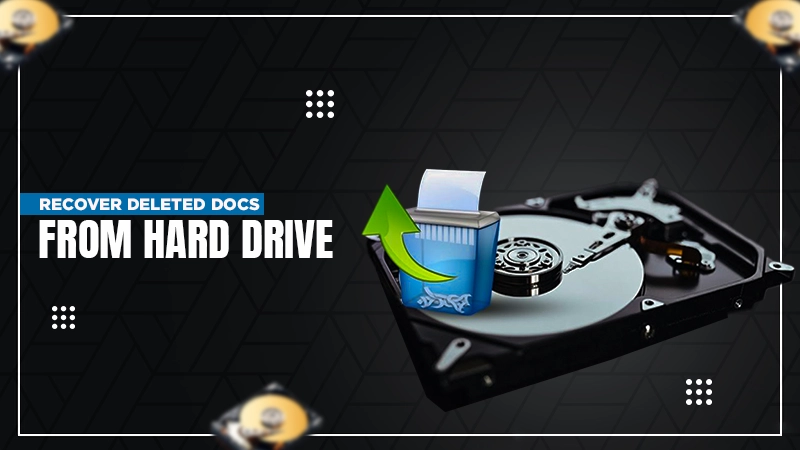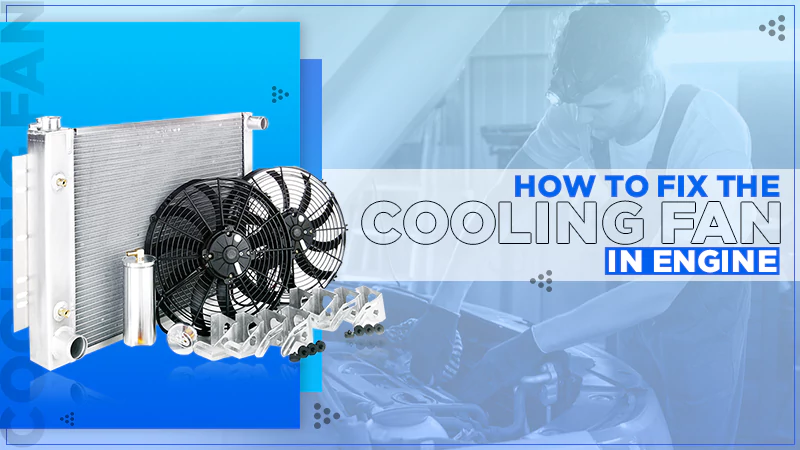Slurry Pump: What is It, and How Does it Work

In various industrial applications, the slurry pump is vital in transporting abrasive and viscous fluids, commonly known as slurry. This powerful hydraulic device enables its efficient movement of it, combining liquid and solid particles. In this comprehensive guide, you will delve into the workings of a slurry pump, exploring its construction, functioning, and significant applications across industries.
Understanding Slurry Pumps
It is a powerful mechanical apparatus that is designed to manage abrasive and dense fluids. They are specially built to carry mixtures of liquids and solid particles, commonly found in mining, construction, wastewater treatment, and chemical processing industries. The main objective of this machine is to enable the movement of slurries from one place to another, solving the obstruction they encounter because of their high viscosity and abrasive nature.

Key Components
The machine comprises several essential components that work harmoniously to ensure its efficient operation:
- Impeller: The impeller is vital for generating the necessary centrifugal force to propel the slurry. It consists of rotating vanes or blades, creating a vacuum, and drawing the sludge into the pump.
- Casing: The casing is the protective outer layer of the device that encloses the impeller. It is designed to withstand the slurry’s high pressures and abrasive nature.
- Shaft: The shaft connects the motor to the impeller, transmitting the rotational motion necessary for the slurry pump’s operation. It is engineered to withstand heavy loads and high torque.
- Hydraulic Hoses: These are crucial components designed to convey fluids within the hydraulic system. Often sourced from a specialized hose shop, they are made of flexible materials, allowing them to adapt to the movements and pressures of the system while ensuring efficient fluid transmission.
- Bearings: Bearings provide support and reduce friction between the rotating components of the slurry pump. They have a vital responsibility in maintaining a seamless and dependable performance.
- Sealing Mechanism: The machine employs various sealing mechanisms to prevent sludge leakage during operation. Standard sealing methods include gland packing, mechanical seals, and lip seals.
- Liners: Liners are wear-resistant materials lining the interior of the pump casing and impeller. They protect the pump from excessive erosion and extend its service life.
How Does It Work?
The operation of a slurry pump can be summarized in a series of steps:
- Slurry Intake: When the device operates, the impeller blades rotate, creating a low-pressure region that draws the slurry into the pump through the intake pipe.
- Slurry Conveyance: As the slurry enters the pump, it is captured by the rotating impeller blades. The impeller imparts centrifugal force to the mixture, propelling it towards the outer edges of the impeller.
- Pressure Increase: As the slurry is forced outward, the volume between the impeller vanes decreases, resulting in a rise in pressure. This increase in pressure facilitates the movement of the sludge through the pump.
- Discharge: The high-pressure slurry exits the impeller and passes through the pump casing, directed towards the discharge outlet. From there, it can be transported to the desired location or further processing.
Applications
These pumps have extensive applications across various industries due to their ability to handle challenging fluids efficiently. Some notable applications mentioned by the slurry pump manufacturers are:
Mining Industry
In mining operations, these machines transport slurries containing minerals, ores, and tailings. They are crucial in mine dewatering, ore transportation, and mineral processing.
Construction Industry
Slurry pumps are employed in construction projects where concrete must be pumped over long distances or to elevated heights. They ensure a consistent flow of concrete, enhancing construction efficiency.
Wastewater Treatment
Slurry pumps are integral to wastewater treatment plants, where they aid in transporting sludge pump for sale, grit, and other solid particles. They facilitate the smooth operation of sedimentation, thickening, and dewatering processes.
Chemical Processing
In chemical plants, slurry pumps handle abrasive fluids containing solid particles during various stages of production. They assist in moving chemicals, slurries, and abrasive mixtures, ensuring efficient process operations.
Conclusion
Slurry pumps serve as indispensable assets in industries that deal with the transportation of abrasive and viscous fluids. With their robust construction and efficient operation, these pumps provide reliable solutions for handling challenging mining, construction, wastewater treatment, and chemical processing slurries. By understanding the intricacies of slurry pump functionality, industries can harness their power to optimize processes and achieve greater operational efficiency.Also, it is crucial to maintain the pumps with the help of slurry pump services, ensuring long-lasting performance. Whether it is the mining of valuable minerals or the effective management of wastewater, a slurry pump for sale stands as a testament to human ingenuity in overcoming fluid transportation challenges.















